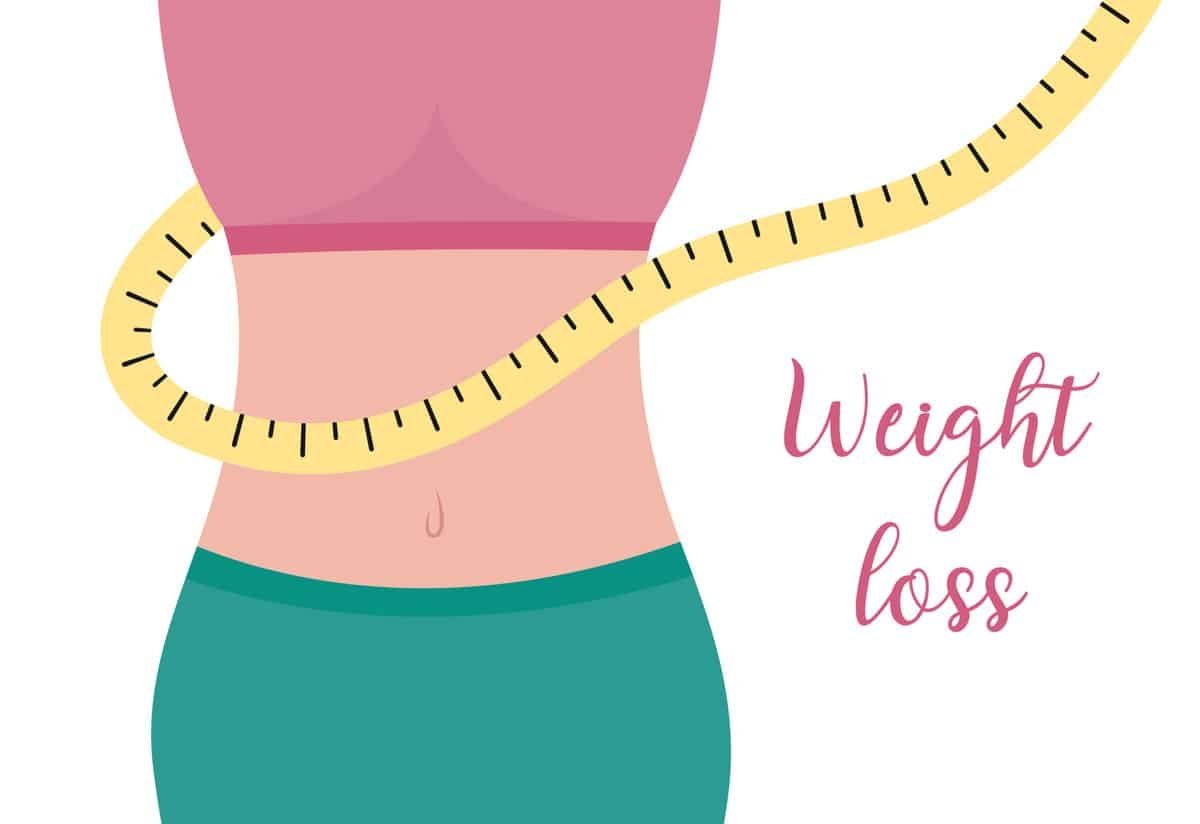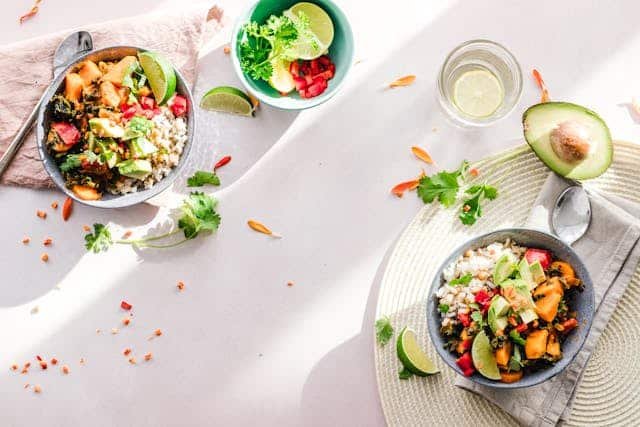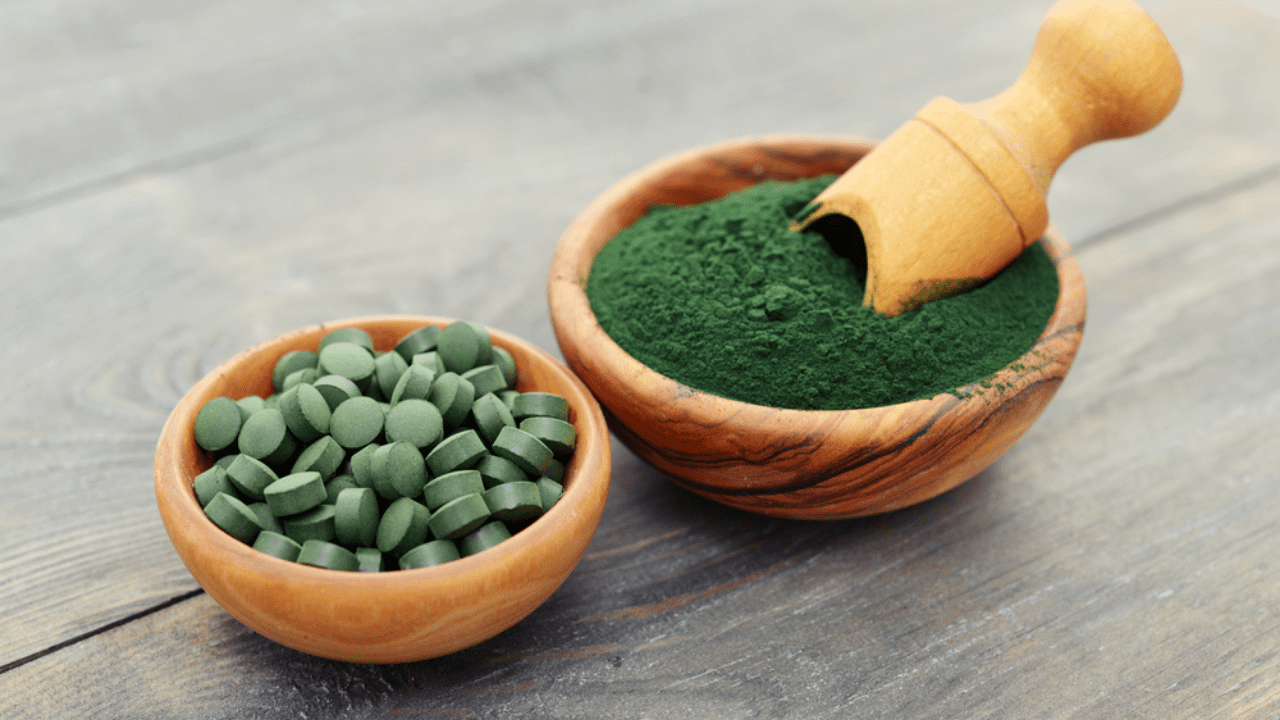In This Article
Introduction
Feeling fed up with fad diets and strict exercise plans that promise weight loss but leave you unsatisfied and exhausted? I get it. Maybe it’s time to try something simpler. Oatmeal, a humble yet nutritious breakfast staple, could be your answer. It’s packed with fibre, vitamins, and minerals, helping you stay full and energized all day long.
What is Oatmeal?
Oatmeal is a wholesome, hearty breakfast made from oats that many of us enjoy as a warm, comforting cereal. But it’s not just for breakfast! You can bake it into delicious cookies or blend it into smoothies for an extra nutritional boost. Oats come from plants that thrive in temperate climates globally, making them both a sustainable and versatile food choice.
Nutritional Benefits of Oatmeal
Oatmeal is packed with dietary fibre, so it keeps you feeling full and satisfied after eating. Plus, it’s got a good amount of protein, iron, magnesium, and B vitamins. These nutrients are important for staying healthy—they can help with digestion, give you more energy, and even support your skin health. Adding oatmeal to your daily diet is a great choice!
Oatmeal as a Weight Loss Tool
One of the great things about oatmeal for weight loss is its high fibre content. Not only does fibre help you feel full, but it also slows down how quickly carbs enter your bloodstream. This means you’re less likely to have those annoying blood sugar spikes and crashes that make you crave unhealthy snacks and overeat. Plus, oatmeal is loaded with essential nutrients like vitamins, minerals, and antioxidants, which are fantastic for your overall health. Adding oatmeal to your daily diet can help you maintain a balanced, nutritious eating plan while you work towards your weight loss goals.
Benefits of Oatmeal for Weight Loss
Oatmeal is a nutritious and versatile food that can be a great addition to your weight loss plan. Here are some benefits you might find interesting:
- High in Fiber: Oatmeal is loaded with dietary fibre, especially soluble fibre called beta-glucan. This fibre slows digestion, making you feel full longer and helping to cut down on overall calorie intake.
- Low in Calories: A serving of oatmeal has relatively few calories, making it a perfect choice for breakfast if you’re trying to lose weight. You can enjoy a satisfying portion without worrying about your calorie count.
- Promotes Satiety: Thanks to its fibre and water content, oatmeal helps you feel full and satisfied. This can help you avoid overeating and reduce the temptation to snack between meals.
- Regulates Blood Sugar Levels: Oatmeal has a low glycemic index, meaning it releases sugar into your bloodstream slowly. This helps keep your blood sugar levels steady, preventing those spikes and crashes that can lead to cravings and overeating.
- Nutrient-rich: Oatmeal is packed with essential vitamins, minerals, and antioxidants. It’s a fantastic source of magnesium, iron, zinc, and B vitamins, all of which are important for your overall health and metabolism.
- Versatile and Customizable: You can easily tweak oatmeal to suit your taste and dietary needs. Add fruits, nuts, seeds, and spices to boost flavour and nutrition without piling on extra calories.
- Supports Digestive Health: The high fibre content in oatmeal promotes healthy digestion by encouraging regular bowel movements and preventing constipation. A healthy digestive system is key for effective weight management.
- Convenient and Quick to Prepare: Oatmeal is super quick and easy to make, perfect for busy mornings. Instant oats can be ready in minutes, and even steel-cut oats, though they take longer to cook, can be prepped ahead of time.
Incorporating oatmeal into your daily diet can offer these benefits and help support your weight loss goals in a healthy, sustainable way.
Types of Oatmeal
Oatmeal is a fantastic and nutritious breakfast option made from oats—a whole grain packed with fibre, vitamins, and minerals. It comes in several varieties, each with its own unique texture, cooking time, and nutritional content. Here’s a quick rundown:
- Steel-Cut Oats:
- Description: Also known as Irish oats, these are whole oat groats chopped into pieces with a steel blade.
- Texture: Chewy with a nutty flavour.
- Cooking Time: Takes about 20-30 minutes, though some quicker-cooking options exist.
- Nutritional Content: High in fibre and nutrients, they offer a slow, steady release of energy.
- Rolled Oats:
- Description: Also called old-fashioned oats, they’re steamed and then rolled flat.
- Texture: Softer and quicker to cook than steel-cut oats.
- Cooking Time: Usually 5-10 minutes.
- Nutritional Content: Similar to steel-cut oats but with a slightly different texture.
- Quick Oats:
- Description: These are rolled oats that have been further processed for faster cooking.
- Texture: Finer and cooks very quickly.
- Cooking Time: Typically ready in 1-3 minutes.
- Nutritional Content: Retain most nutrients from rolled oats but may have a higher glycemic index due to their fine texture.
- Instant Oats:
- Description: The most processed form of oats, they’re pre-cooked, dried, and rolled thinner than quick oats.
- Texture: Soft and mushy when cooked.
- Cooking Time: Ready in less than a minute with hot water or a quick microwave session.
- Nutritional Content: Often pre-flavored with added sugars and salt, so check the label for nutritional info.
- Oat Groats:
- Description: The least processed form, just hulled oat kernels.
- Texture: Chewy and hearty.
- Cooking Time: Takes the longest, around 45 minutes to an hour.
- Nutritional Content: Extremely nutritious and high in fibre, providing a very slow, sustained energy release.
By understanding the differences between these types, you can choose the best oatmeal to fit your dietary needs, cooking preferences, and taste. Whether you want a quick, easy breakfast or a hearty, chewy meal, there’s an oatmeal type that’s perfect for you. Enjoy!
How Oatmeal Aids Weight Loss
Oatmeal is a super nutritious food that can help with weight loss when you add it to a balanced diet. Here’s how oatmeal can aid in shedding those extra pounds:
- High in Fiber: Oatmeal is loaded with soluble fibre, especially beta-glucan. This fibre absorbs water and forms a gel in your digestive system, slowing down digestion. This longer digestion helps you feel full for a longer time, which can reduce overeating.
- Low in Calories: A bowl of oatmeal is pretty low in calories, especially when compared to pastries or sugary cereals. You get a filling meal without consuming too many calories.
- Nutrient-Dense: Oatmeal is rich in essential vitamins, minerals, and antioxidants. These nutrients support overall health and can make you feel more satisfied, cutting down the temptation to snack on unhealthy foods.
- Stabilizes Blood Sugar: The soluble fibre in oatmeal helps stabilize blood sugar by slowing sugar absorption into the bloodstream. Steady blood sugar levels can prevent the spikes and crashes that often lead to cravings and overeating.
- Versatile and Satisfying: You can customize oatmeal with healthy toppings like fruits, nuts, and seeds, making it delicious and nutritious. This flexibility helps maintain a healthy eating plan.
- Promotes Healthy Gut Bacteria: The fibre in oatmeal acts as a prebiotic, feeding the good bacteria in your gut. A healthy gut can influence weight management and overall health.
Adding oatmeal to your diet can take advantage of these benefits, making it a smart and effective choice for healthy weight loss.
Preparing Oatmeal for Weight Loss
Oatmeal is a fantastic pick for anyone looking to shed some pounds. It’s packed with fibre, low in calories, and keeps you feeling full longer. Here’s a simple guide on making oatmeal for weight loss:
Ingredients:
- 1/2 cup rolled oats: Go for rolled oats—they’re less processed and have more fibre than instant oats.
- 1 cup water or low-fat milk: Water keeps it light, while milk adds a bit of creaminess and protein.
- A pinch of salt: Optional, but it can enhance the flavour.
- 1/2 teaspoon cinnamon: Not only adds flavour but helps regulate blood sugar.
- 1/4 cup fresh fruits: Think berries, apples, or bananas for a vitamin boost and natural sweetness.
- 1 tablespoon nuts or seeds: Almonds, chia seeds, or flaxseeds add fibre and healthy fats.
- 1 teaspoon honey or maple syrup: Optional, to add a bit of sweetness.
Instructions:
- Measure the oats and liquid: Start with 1/2 cup of rolled oats and 1 cup of water or low-fat milk. Adjust based on how hungry you are.
- Combine and cook: In a small pot, mix the oats, liquid, and a pinch of salt (if using). Bring to a boil over medium heat.
- Simmer and stir: Once boiling, reduce the heat to low and let it simmer. Stir from time to time to avoid sticking and promote even cooking. Cook for about 5-7 minutes, or until you get the texture you like.
- Add cinnamon: Stir in the cinnamon for added flavour and its potential blood sugar benefits.
- Top with fruits: Pour the cooked oatmeal into a bowl and top with your chosen fruits for extra vitamins, fibre, and natural sweetness.
- Add nuts or seeds: Sprinkle a tablespoon of nuts or seeds over the oatmeal for more fibre and healthy fats to keep you full longer.
- Optional sweetener: If you like it a bit sweeter, drizzle a teaspoon of honey or maple syrup on top. Just watch the added calories.
Weight Loss Tips:
- Portion Control: Keep an eye on your serving sizes to avoid overeating.
- Whole fruits over-dried: Dried fruits are more calorie-dense and can lead to snacking too much.
- Limit sweeteners: Use natural sweeteners sparingly to keep the calories in check.
- Add protein: Consider a scoop of protein powder or a dollop of Greek yoghurt to boost the protein content and keep you feeling full.
By following these tips, you can whip up a nutritious and satisfying breakfast that helps you stay on track with your weight loss goals. Enjoy!
Healthy Add-ins
Adding healthy extras can make your oatmeal even more nutritious and enjoyable. Think about tossing in fruits like berries, apples, or bananas for essential vitamins and a touch of natural sweetness. Nuts and seeds like almonds, chia seeds, or flaxseeds add a satisfying crunch and boost the fibre and healthy fat content. Spices like cinnamon or nutmeg can elevate the flavour without adding extra calories, and they might even provide health perks like better blood sugar control. For a protein boost that keeps you fuller longer, consider mixing in some Greek yoghurt or a scoop of protein powder.
Portion Control
Keeping an eye on portion sizes is crucial for any weight loss journey. When making oatmeal, it’s important to be mindful of serving sizes to prevent overeating. Stick to the recommended portions: usually, 1/2 cup of rolled oats and 1 cup of liquid. Measuring your ingredients helps ensure you don’t take in more calories than you plan to. Even the healthiest foods can lead to weight gain if you eat too much. Be cautious with add-ins and toppings; while nuts and seeds are great for you, they’re also calorie-dense, so moderation is key.
Meal Timing
When you eat can be just as important as what you eat for weight management. Starting your day with a nutritious breakfast like oatmeal can kickstart your metabolism and keep you satisfied until your next meal, helping to cut down on overeating later. Eating smaller, balanced meals and snacks every three to four hours can help maintain steady blood sugar levels and prevent binge eating. Try to schedule your meals and snacks so they fit into your daily routine, giving you enough time to prepare and enjoy your oatmeal without feeling rushed.
Oatmeal Recipes for Weight Loss
Oatmeal is a versatile and nutritious food that can help you with your weight loss goals. It’s packed with fibre, so you’ll feel full and satisfied, making it easier to avoid overeating. Plus, it has a low glycemic index, which helps keep your blood sugar levels steady and gives you lasting energy all day. Check out these detailed oatmeal recipes, perfect for weight loss:
1. Classic Banana and Cinnamon Oatmeal
- Ingredients:
- 1 cup rolled oats
- 2 cups water or almond milk
- 1 ripe banana, sliced
- 1/2 teaspoon cinnamon
- A pinch of salt
- Optional: A drizzle of honey or maple syrup for added sweetness
- Instructions:
- In a pot, bring the water or almond milk to a boil.
- Add the rolled oats and a pinch of salt, stirring occasionally.
- Reduce the heat and let it simmer for about 5-7 minutes, or until the oats are cooked to your desired consistency.
- Stir in the sliced banana and cinnamon.
- Cook for another minute or two.
- Serve hot, with an optional drizzle of honey or maple syrup for a bit of extra sweetness.
2. Berry Almond Overnight Oats
- Ingredients:
- 1/2 cup rolled oats
- 1/2 cup unsweetened almond milk
- 1/4 cup Greek yogurt
- 1 tablespoon chia seeds
- 1/2 cup mixed berries (strawberries, blueberries, raspberries)
- 1 tablespoon sliced almonds
- Optional: A dash of vanilla extract
- Instructions:
- In a mason jar or bowl, combine the rolled oats, almond milk, Greek yoghurt, chia seeds, and vanilla extract.
- Mix thoroughly to combine all ingredients.
- Add the mixed berries and sliced almonds on top.
- Cover and refrigerate overnight.
- Give it a quick stir in the morning and enjoy. You can also add a little more milk if you prefer a looser consistency.
3. Apple Pie Oatmeal
- Ingredients:
- 1 cup steel-cut oats
- 2 cups water
- 1 cup unsweetened apple juice
- 1 apple, peeled and diced
- 1 teaspoon cinnamon
- 1/4 teaspoon nutmeg
- A pinch of salt
- Optional: 1 tablespoon raisins and a sprinkle of brown sugar
- Instructions:
- In a pot, bring the water and apple juice to a boil.
- Add the steel-cut oats, diced apple, cinnamon, nutmeg, and a pinch of salt.
- Reduce the heat and let it simmer for about 20-25 minutes, or until the oats are tender and have absorbed most of the liquid.
- Stir occasionally to prevent sticking.
- If desired, add raisins and a sprinkle of brown sugar for extra flavour.
- Serve warm and enjoy the comforting taste of apple pie in a healthy oatmeal form.
Adding these oatmeal recipes to your diet can be a tasty and effective way to support your weight loss journey. Have fun trying out different flavours and ingredients to keep your meals exciting and satisfying!
Incorporating Oatmeal into Your Diet
Oatmeal is a versatile and nutritious food that can be easily included in your daily diet. Here’s an in-depth guide on how you can incorporate oatmeal into your meals throughout the day:
- Breakfast Staple:
- Cooking Method: Start your day with a hearty bowl of oatmeal. You can cook oats with water, milk, or a plant-based milk of your choice.
- Toppings: Once cooked, personalize your oatmeal with a variety of toppings such as fresh fruits (like bananas, berries, or apples), nuts (such as almonds or walnuts), seeds (like chia or flax seeds), or a drizzle of honey or maple syrup for added sweetness and nutrients.
- Nutritional Benefits: This combination provides a balanced meal rich in fibre, vitamins, and healthy fats, which can help keep you full and energized throughout the morning.
- Smoothies:
- Preparation: Add a scoop of cooked or raw oats to your morning smoothie.
- Texture and Nutrition: Oats will give your smoothie a thicker consistency, making it more satisfying. They also provide extra fibre, which can help regulate digestion and keep you feeling full longer.
- Combine with Fruits and Veggies: Blend oats with fruits like bananas, berries, or spinach for a nutrient-packed beverage.
- Baking Ingredient:
- Recipes: Incorporate oats into your baking recipes. You can add whole oats to cookies, muffins, and bread for a healthier twist.
- Oat Flour: Use oat flour as a substitute for regular flour in many recipes, which adds more fibre and nutrients to your baked goods.
- Customization: Mix oats with ingredients like chocolate chips, dried fruits, or nuts to create delicious and wholesome treats.
- Savory Dishes:
- Meatloaf and Burgers: Use oats in savoury dishes by adding them to meatloaf or burger mixtures. This can help bind the ingredients together while adding fibre and nutrients.
- Savouryfibre Porridge: Experiment with using oats as a base for savoury porridge by cooking them with vegetable broth and adding toppings like sautéed vegetables, cheese, or a poached egg.
- Nutritional Benefits: Incorporating oats into savoury dishes can boost fibre content and provide a unique texture and flavour.
- Overnight Oats:
- Preparation: Prepare overnight oats by mixing raw oats with milk or yoghurt and letting them soak in the fridge overnight.
- Morning Convenience: In the morning, you’ll have a delicious and nutritious breakfast ready to go. You can add toppings like fruits, nuts, and seeds just before eating.
- Versatility: Overnight oats can be customized with various flavours such as vanilla, cocoa powder, or spices like cinnamon to keep your breakfast interesting.
- Oat-based Snacks:
- Energy Bars and Granola: Make energy bars or granola with oats. These snacks are perfect for on-the-go and can be customized with various ingredients like dried fruits, nuts, and seeds.
- Recipe Ideas: Combine oats with honey or nut butter to create homemade granola bars, or toast oats with a mix of nuts and seeds for a crunchy granola.
- Portable Nutrition: These oat-based snacks offer a convenient and nutritious option to keep you fueled throughout the day.
By incorporating oatmeal into your diet in these diverse ways, you can enjoy its health benefits, including high fibre content, essential vitamins, and minerals, while keeping your meals interesting and delicious.
Summary of Benefits
- Oatmeal is a fantastic whole grain packed with fibre, vitamins, and minerals.
- Adding oatmeal to your diet can help with weight loss by keeping you full and satisfied for longer.
- It’s so versatile! You can enjoy oatmeal for breakfast, add it to smoothies, use it in baking, make savoury dishes, overnight oats, or even snacks.
- With all these benefits, oatmeal is a wonderful addition to any healthy diet. Why not try some oatmeal recipes and see how they can boost your health? Start adding more oatmeal to your meals today!
Remember, finding small ways to be healthier can make a big difference!







